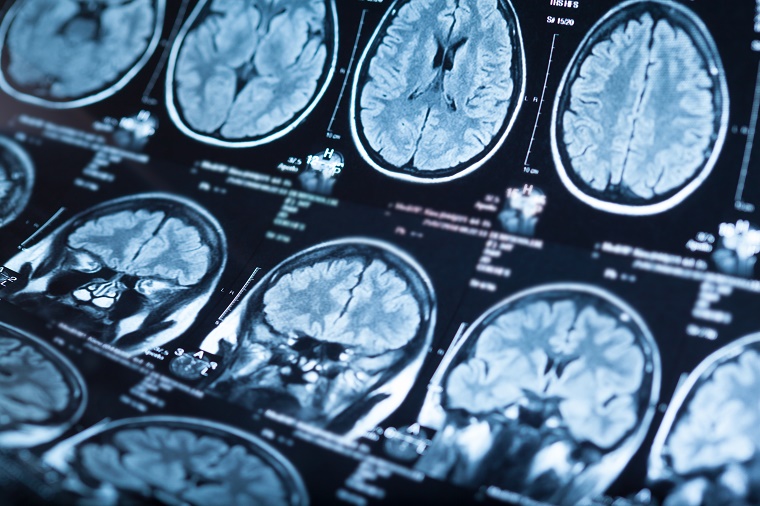It’s a No-brainer: Study Sheds New Light on How Tumour Cells Invade Brain Tissue
By Leslie Ogilvie
17 August 2021

Amongst the deadliest of human cancers are gliomas – a type of tumour that originates in the brain. With a poor median survival time of just over one year following diagnosis, advanced gliomas are notoriously difficult to treat and often develop resistance to cancer therapies. Part of what makes glioma cells so deadly is their unique ability to degrade the matrix that surrounds brain tissue, facilitating the invasion of tumour cells into the brain tissue.
A recent study led by Dr. Nina Jones and post-doctoral fellow Dr. Manali Tilak in the Department of Molecular and Cellular Biology has discovered a novel protein interaction that helps drive this invasion.
The story begins with a group of proteins known as “Shc” proteins. Shc proteins are involved in cell signalling pathways that regulate key processes such as cell division and migration, which are both critical in the development of a tumour and the progression to advanced stage cancer. Interestingly, Jones’s lab had previously demonstrated a significant increase in ShcD, a member of the Shc protein family, in malignant glioma cells in humans. However, the molecular function of ShcD in advanced cancer remained unknown.
In the current study, published in Molecular Cancer Research, Jones and Tilak discovered that ShcD binds to another key protein known as “Tie2”, and that this interaction has important consequences for tumour development.
Tie2 is a protein that helps regulate blood vessel development. Like ShcD, it is produced in higher amounts in glioma cells, and these higher levels are associated with greater malignancy. Because gliomas have high levels of both ShcD and Tie2, Jones and her team set out to determine if the two proteins interact.
Using human glioma cells, Jones and Tilak found that ShcD binds to Tie2, and that this binding leads to a synergistic increase in glioma cell invasion and malignancy. Cells producing both ShcD and Tie2 were capable of enhanced matrix degradation compared to cells that produced ShcD or Tie2 alone. Production of both ShcD and Tie2 also led to hallmark features of glioma cell migration and metastasis in downstream cell signaling pathways, providing further evidence that this protein synergy leads to more invasive gliomas.
The team also examined the ShcD and Tie2 interaction in a setting that more closely replicates the glioma environment in real life: three-dimensional brain organoids or “brains in a dish”. They found that glioma cells producing both ShcD and Tie2 showed greater invasion into the surrounding tissue.
“With the use of three-dimensional cerebral organoids to model the disease, we were able to show that the glioma cells expressing both ShcD and Tie2 deeply infiltrated the organoids. It was very cool to be able to visualize this invasion,” says Tilak.
The researchers then explored the clinical applications of their findings by mining human genomic datasets from cancer patients. Their goal was to compare levels of ShcD and regulators of Tie2 signaling at different stages of tumour development. The datasets revealed an increase in ShcD and Tie2 expression in advanced stage gliomas.
“In patients with advanced gliomas, ShcD was highly correlated with markers of metastasis,” explains Tilak.
Elevated levels of ShcD were also correlated with reduced survival in patients with advanced gliomas. This finding highlights exciting potential for ShcD to serve as a clinical prognostic tool in glioma patients to determine whether a tumour is benign or more advanced.
“To understand the clinical implications of the protein synergy, we could next target the ShcD-Tie2 interaction and see whether this inhibits glioma cell invasion,” says Tilak.
The novel and exciting ShcD-Tie2 interaction revealed by this study adds important insight to our understanding of gliomas and paves the way for further research in the Jones lab on the role of ShcD in cell invasion and metastasis in other cancer types.
This study was carried out in collaboration with the Lalonde and Coppolino labs, Department of Molecular and Cellular Biology, and Roy Perlis and Steve Sheridan, Massachusetts General Hospital.
Read the full study in the journal Molecular Cancer Research.
Read about other CBS Research Highlights.